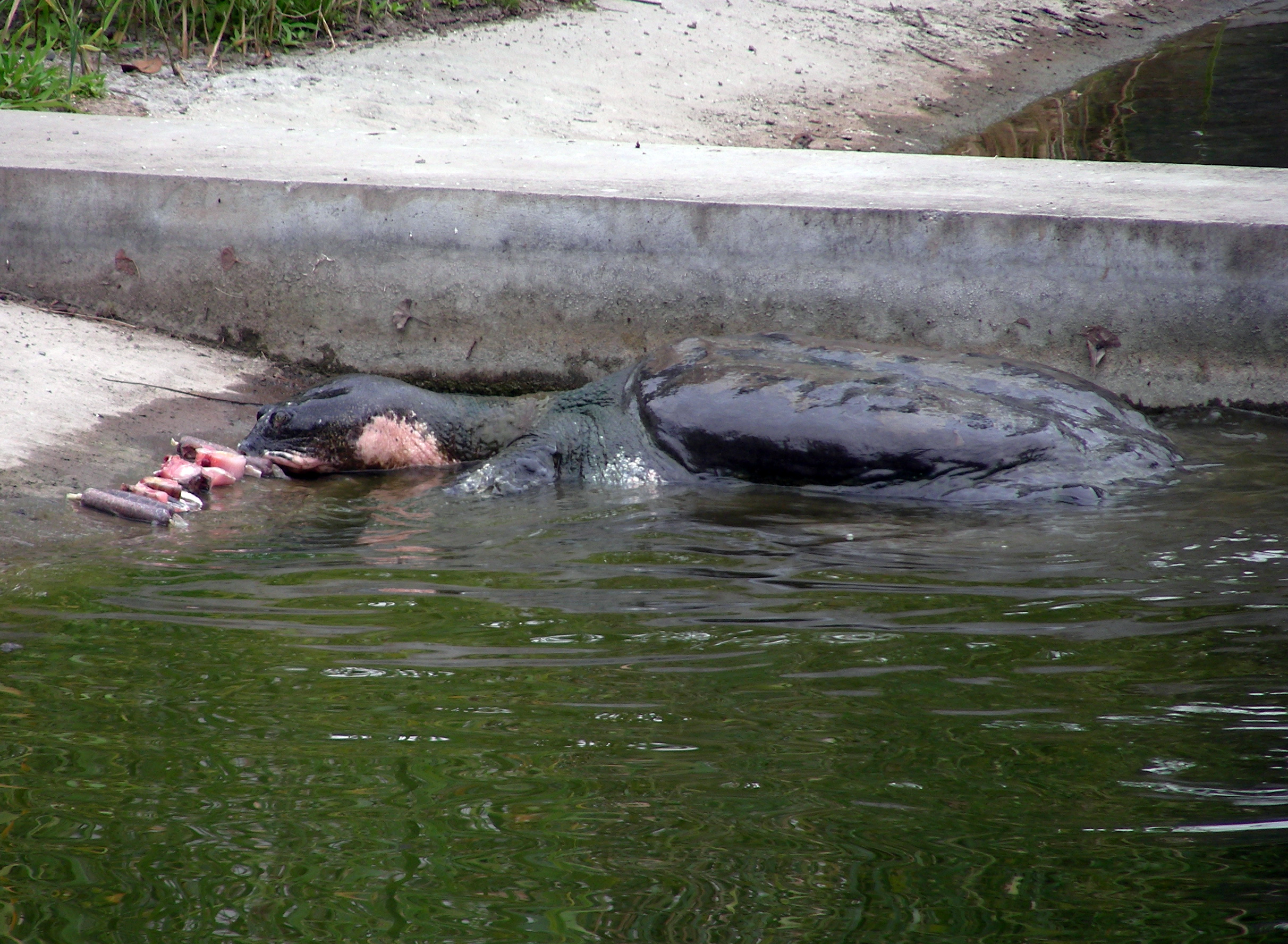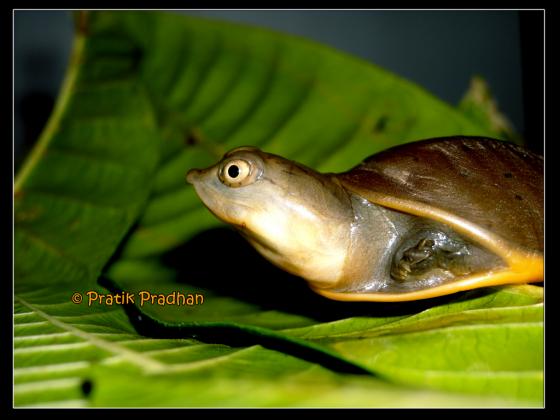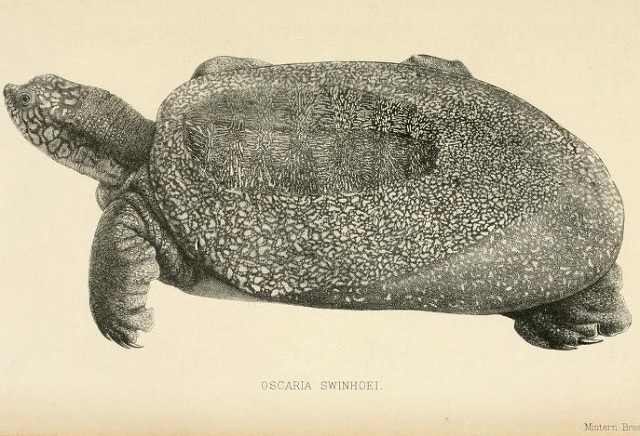
A keystone species is a species upon which other species in a community or ecosystem depend, even though the keystone species may not be present in great numbers. When switching from mythology to natural history, consider the concept of a keystone species, and beyond that, consider what ecologists call an extinction cascade. 3 Now, imagine the Giant Mother Tortoise being forcibly ripped away from this scenario, prompting the collapse of all that depend upon her.

Emmanuel de Veiga, a Jesuit priest familiar with Hindu mythology, recorded this depiction in 1599. In keeping with the aforementioned mythical theme, imagine a Giant Mother Tortoise supporting Four Elephants upon her back, which in turn support the world (Figure 1). Our intent is that this information be used as a teaching tool for the inspiration and preparation of future generations of conservationists, both in America and abroad. We also highlight two case studies that focus on turtle conservation efforts in Malaysia and India, respectively. 2 In addition to describing the current state of turtles in Asia, we discuss some basic natural history and provide insight on what educators can do to help minimize impacts to populations of Asian turtles. This essay is intended to provide interested readers with more current information about developments since 2011. What is so confounding and seemingly contradictory is in the way turtles are also heavily exploited in Asia, even to the point of extinction. That turtles are revered in Asia and viewed as symbols of longevity and power is readily apparent. 1 The concept of a World Turtle, supporting the very earth upon its back, is a mythical theme that appears in a variety of mythologies, including those of Asia. In Hindu mythology, Kurma the Tortoise King, one of the avatars of Vishnu, props up Mount Meru and assists in the churning of the Ocean of Milk, thereby allowing the gods to recover the Elixir of Immortality. In Chinese mythology, the goddess Nuwa cuts the legs off the giant turtle Ao and uses them to prop up the sky. įigure 1: A Hindu representation of the Earth supported by a tortoise and the quarter-elephants, surrounded by a Naga (half-human, half-serpent being). Readers are encouraged to first read the article from the fall 2011 issue at.

The essay that follows is an update to their work with collaborators in a continuing effort to address this ongoing crisis.



 0 kommentar(er)
0 kommentar(er)
